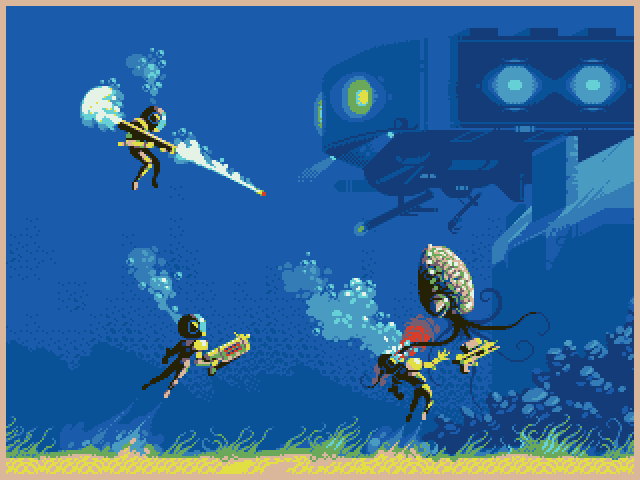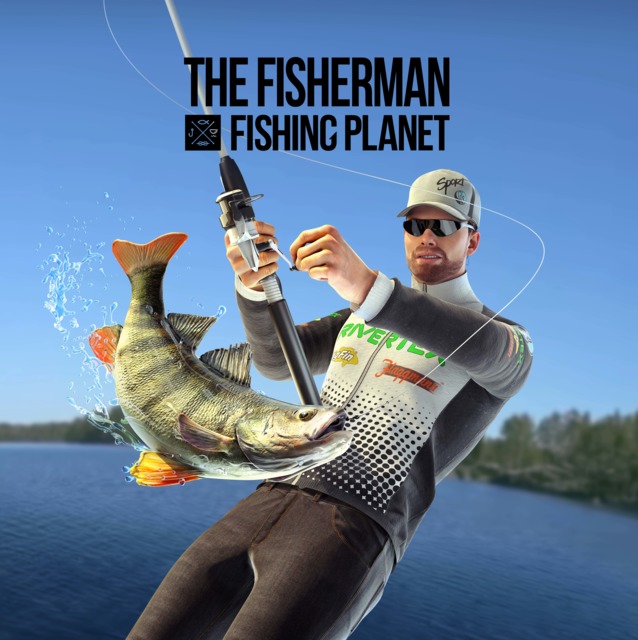

For many flies, short, clear-cut pulls and pauses rather than long, slow drags, imitate the naturals they are meant to represent. To best describe the action of stripping a fly I like to use the musical term "staccato," the short, clear-cut playing of tones and chords. Most of my fishing takes place in rivers, and the following stripping suggestions are best used on moving water with an across or down-and-and across presentation. Now we'll discuss the meat of the matter—the actions that lure fish to streamers and nymphs. This enables the fly to move naturally during the retrieve and helps the hook-set because it allows a fish to take the fly before it feels any resistance.

When fishing down-and-across with subsurface flies, maintain a bit of controlled slack in the form of a "hinge" at the rod tip (bottom). They needn't worry: Gamefish are rarely outrun by prey, and even in cold water temperatures, they can catch a fleeing minnow or fry. I've had students ask whether a trout or bass can catch up to my streamer. Fish react with aggression to a creature fleeing their domain or one that seems to be in trouble. Don't get bogged down in the dead-drift and drag-free float mentality.

When you use streamers, whether they're meant to imitate minnows, leeches, or other naturals, think in terms of triggering a strike. But when I teach them to put more life into their flies, they get more hits. When I compare their techniques with mine, I notice that their slow, uneventful retrieves fail to entice fish to strike. When I teach, students often remark about the aggressive nature in which I strip a streamer. I also want those actions to resemble a creature in trouble or injured. Each pattern imitates a different creature I want my fly to mimic the actions of the natural. For that reason, I don't retrieve a crayfish imitation the way I do a Blacknose Dace pattern, nor do I work a stonefly nymph the same way I do a sculpin. I describe the action as making the imitation on the end of the line behave like the natural bait being imitated.

The first thing I tell students in my fly-fishing classes about stripping is that they must put personality into their flies. No matter how good the pattern, the cast, or the location, a lifeless or poorly presented fly will not tempt a fish to bite. Yet stripping is one of the most overlooked techniques in fly fishing. A good cast, a convincing fly, and an accurate reading of the water are critical elements in your success, but the right line retrieve can be most important in tempting a fish to strike.


 0 kommentar(er)
0 kommentar(er)
